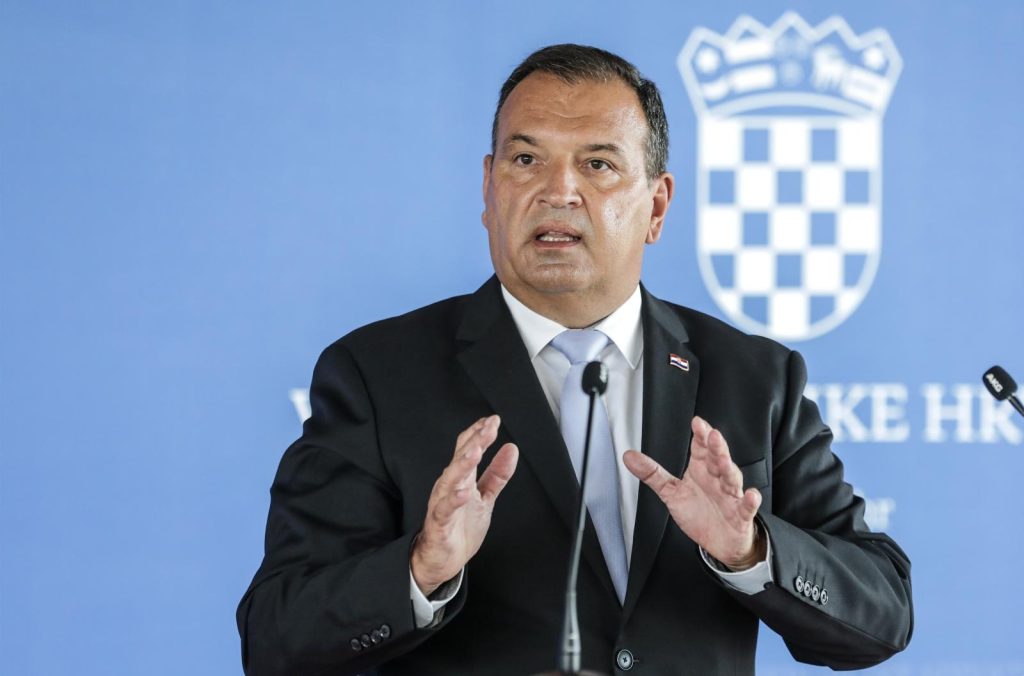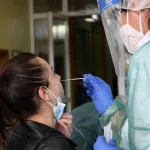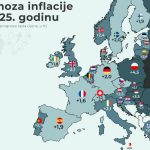Submitting a report on the effects of epidemiological measures taken to fight coronavirus between 1 September and the end of December 2021, the minister defended the introduction of the EU digital certificate, which he said had proven to be “a universal tool in the fight against the epidemic in all EU members”, noting that ample research confirmed its efficacy.
As for figures related to the pandemic, since the start of the coronavirus pandemic, the Croatian Health Insurance Institute has paid close to five billion kuna from mandatory health insurance, and around HRK 122 million for special bonuses to health workers.
In the period from 1 September to the end of December 2021, 1.4 million vaccine doses were administered, putting the total number of vaccine doses used at 4.7 million. By the end of December 2021, 55.58% of the total population was vaccinated, or 66.33% of the adult population, with the vaccination rate being the highest in Zagreb.
Number of fatalities due to low vaccination rate, population age, risk factors
Responding to opposition criticism regarding the high COVID-19 mortality rate, Beroš said that Croatia had a low vaccination rate, an old population and that there were many risk factors, such as obesity, smoking and alcohol consumption.
Also, high mortality was reported also before the epidemic, and as regards lethality – the number of deaths in relation to the number of infections, is lower than in many other countries in the world and around the lethality rate in Europe, he said.
Beroš also noted that hospitals did not deal exclusively with COVID patients and that the latest information showed that hospitals provided for cancer patients without any problems and that no problems had been identified in the implementation of preventive cancer programmes either.
For all you need to know about coronavirus specific to Croatia, make sure to bookmark our dedicated section and select your preferred language if it isn’t English.











